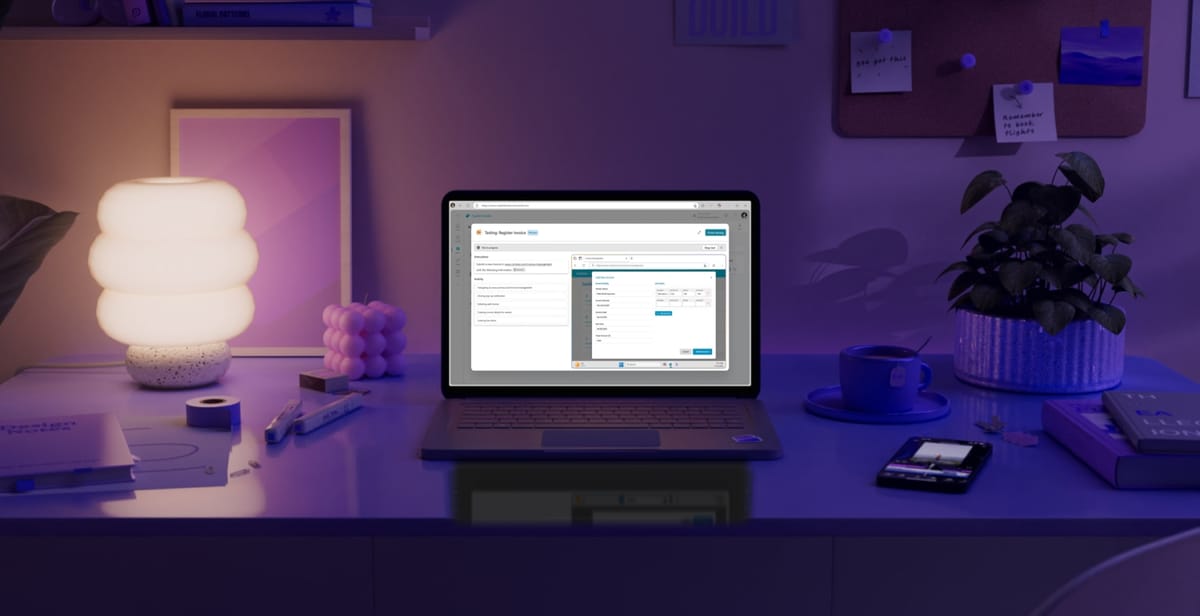
Microsoft has announced a major upgrade to Copilot Studio: AI agents can now directly use your computer. This feature essentially allows them to interact with any software that has a user interface—clicking buttons, typing into fields, and navigating websites or desktop apps just like a person would.
Key Points:
- New feature allows agents to click, type, and navigate interfaces like a human
- Works across desktop apps and major browsers without custom infrastructure
- Responds in real time to app changes with built-in reasoning
It’s a deceptively simple idea with powerful implications. Most enterprise automation today relies on APIs or RPA (robotic process automation) scripts that break when the interface changes. Computer use cuts through all of that. Microsoft’s agents can now watch what’s happening on-screen, reason about it in real time, and adapt automatically—even if the layout changes or buttons move. And they don’t just guess. Each interaction is backed by a reasoning chain and visible history, including screenshots and decision steps, so users stay in control.
This also means that agents built in Copilot Studio can now handle systems with no APIs, like legacy desktop software or third-party web tools. Whether it’s entering data into a clunky invoicing tool or scraping market data from websites, if a human can do it, the agent can now be trained to do it too—without writing code. Just describe the task in natural language, test it with a live preview, and deploy.
Microsoft’s infrastructure handles the heavy lifting. The feature runs on Microsoft-hosted machines and keeps data inside Microsoft Cloud boundaries, sidestepping infrastructure headaches and reinforcing enterprise trust. That’s a key part of the pitch: a secure, scalable, low-maintenance path to automation for businesses trying to modernize without blowing up their stack.
There’s a bigger bet here, too. By embedding UI automation deeply into its AI tooling, Microsoft is challenging the boundaries of traditional RPA. The company wants to push agentic workflows out of the lab and into real business operations—accessible not just to developers, but to operations teams, marketers, finance departments, and anyone who deals with repetitive UI work.
This feature is currently in early access as a research preview. Microsoft plans to share more details at its Build developer conference in May.

